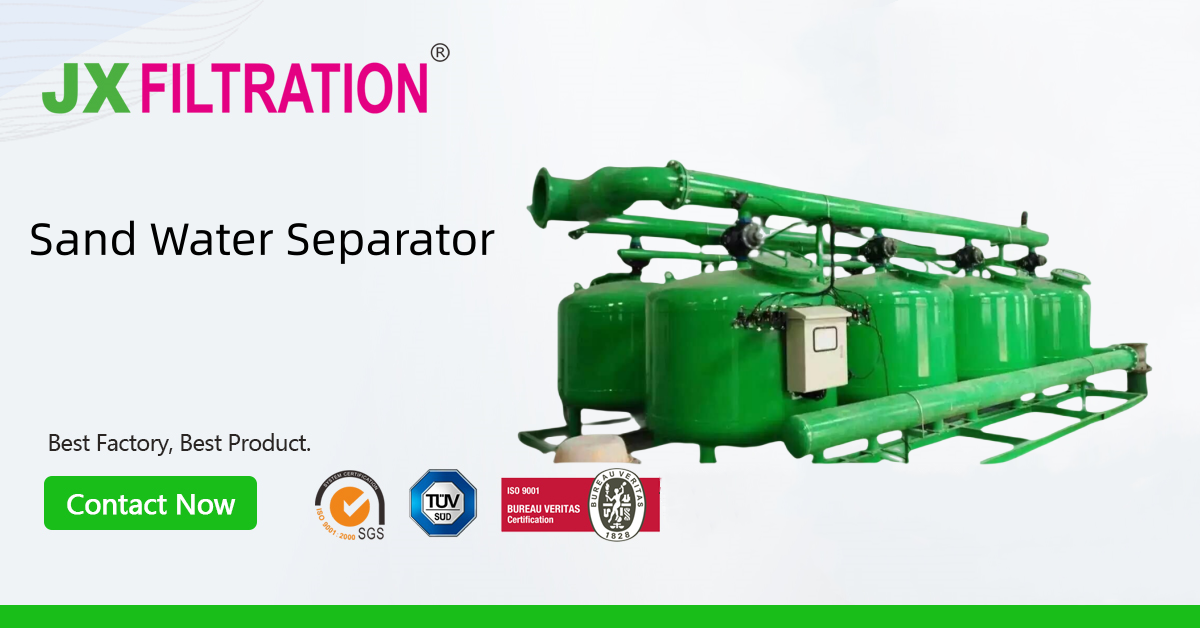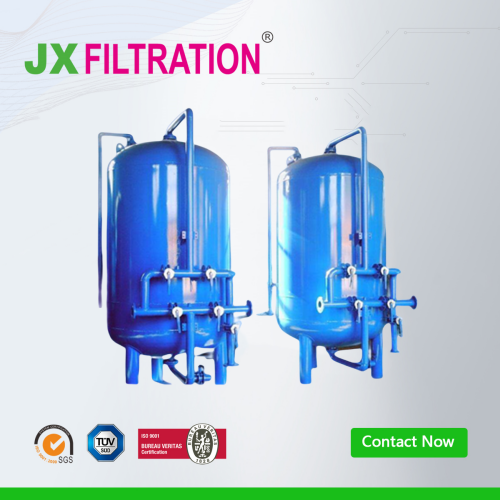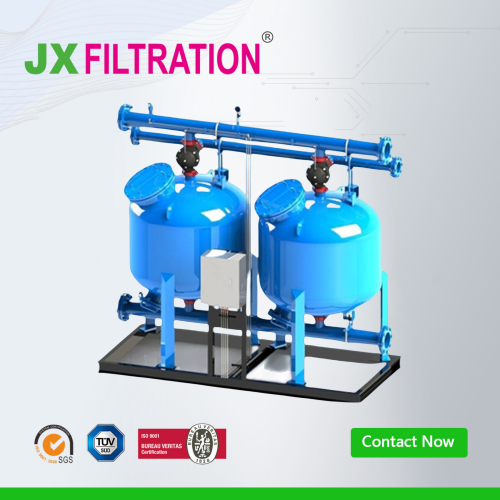Activated Carbon Filter
The activated carbon filter is a commonly used water treatment device. It serves as a pre-treatment unit in desalination systems to effectively ensure the longevity of downstream equipment and improve the quality of the output water.

In desalination systems, the primary role of the activated carbon filter is to adsorb and remove colorants, odors, organic substances, residual chlorine, heavy metal ions, and other contaminants from the water, thereby protecting the RO membrane from oxidation and maintaining the quality of the treated water. As part of the pre-treatment system, the activated carbon filter ensures the longevity of downstream equipment, improves water quality, and prevents contamination, particularly protecting the reverse osmosis membranes and ion exchange resins from free chlorine poisoning.
Working Principle: Activated carbon filters utilize high carbon content, large molecular weight, and a high surface area of organic flocculants to physically adsorb impurities in the water to meet water quality standards. As water flows through the pores of the activated carbon, various suspended particles and organic substances are adsorbed into the carbon pores under Van der Waals forces. Additionally, the chlorine (hypochlorous acid) adsorbed on the surface of the activated carbon undergoes a chemical reaction, reducing to chloride ions, thus effectively removing chlorine and meeting the operational requirements of RO membranes.
Physicochemical Properties:
Physical Properties: The physical properties of the filter media are mainly reflected in mechanical strength and granularity.
- a. Mechanical Strength:
Mechanical strength is one of the important indicators of filter media, usually expressed in terms of abrasion and friability parameters. During backwashing, the filter media is in a state of suspension and irregular movement, where particles continuously collide and rub against each other, causing wear and breakage. Therefore, the chosen filter media should have sufficient mechanical strength to minimize breakage due to particle friction. Severe wear and breakage can reduce the particle size of the filter media, resulting in concentrated smaller particles on the surface layer of the filter bed. This can cause rapid changes in the surface area, leading to increased head loss and shortened filtration cycles. During backwashing, small particles can be washed away, increasing the loss of filter media.
- b. Granularity:
Granularity refers to the size of granular particles, which can be represented by a gradation curve, size range, particle size, and uniformity coefficient. Different filter media and filtration conditions require different particle sizes. Selection should be based on specific conditions, avoiding excessively large or small sizes. If the particle size is too large, fine suspended solids can penetrate the filter layer. During backwashing, the filter layer can only be loosened with higher backwashing intensity; otherwise, the backwashing effect will be poor, leaving sediments in the filter layer, forming clumps, and leading to uneven water flow and deteriorated water quality. If the particle size is too small, water flow resistance increases, leading to rapid head loss growth and difficulty in improving filtration water volume. Both theoretical and practical results indicate that the more uniform the filter media, the better the filtration effect. After backwashing, the filter media will stratify, with fine media concentrating on the surface layer, causing rapid surface clogging and affecting the overall filtration capacity.
Any Requirements, Contact Us Now!
Kris
Email/Teams: kris@filtrationchina.com
Mobile/Whatsapp/Wechat: +86 18980776200


